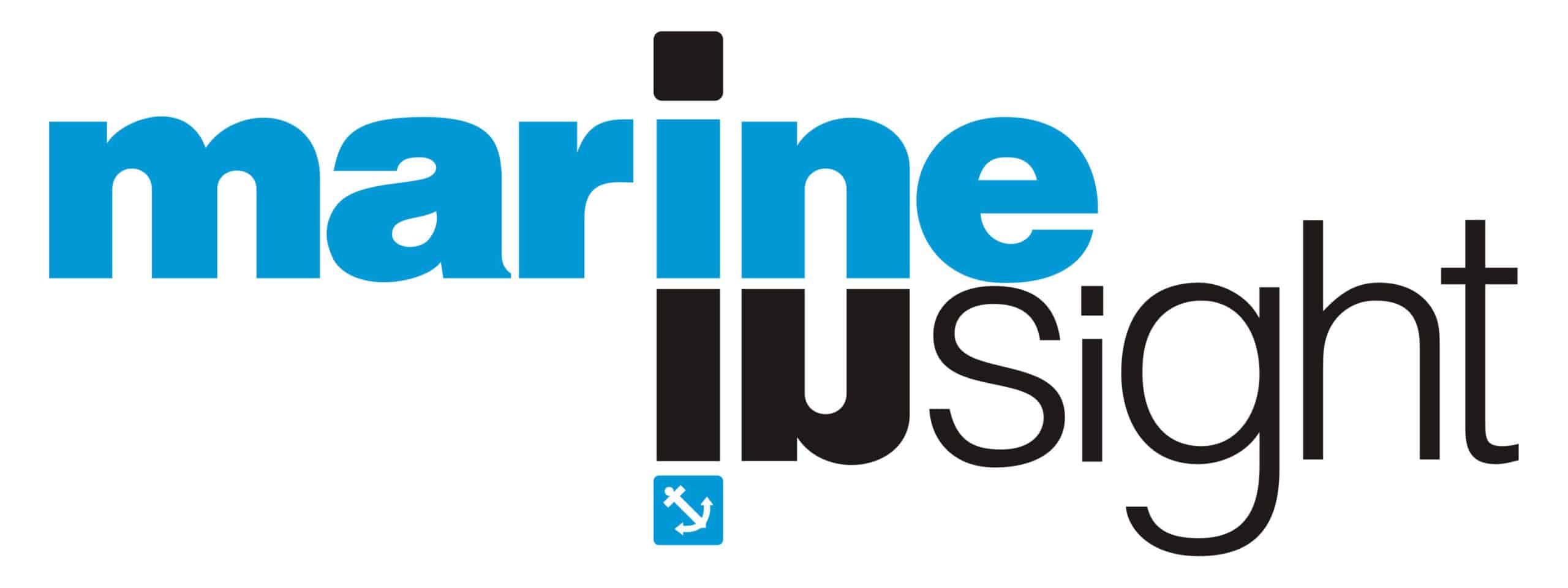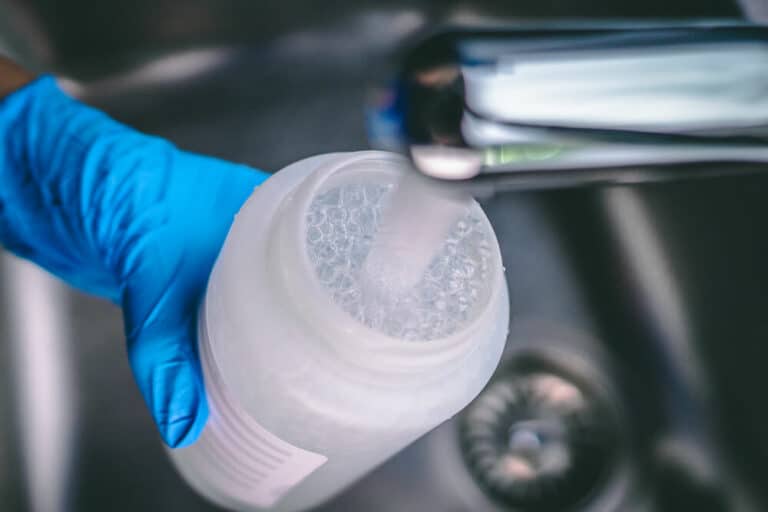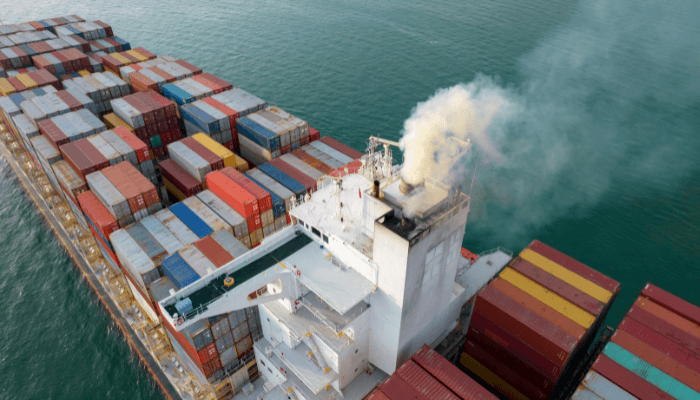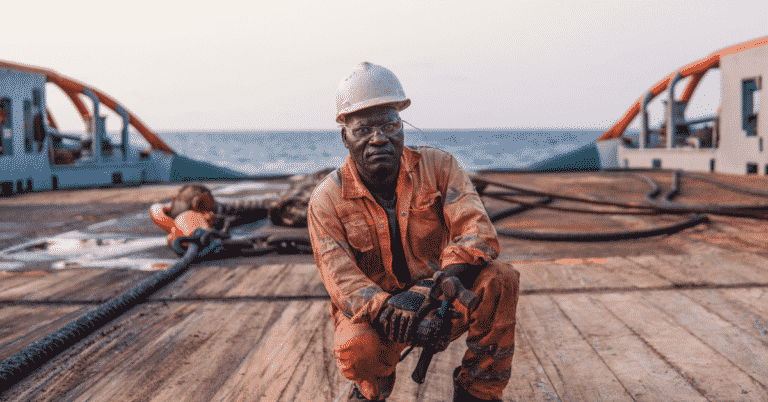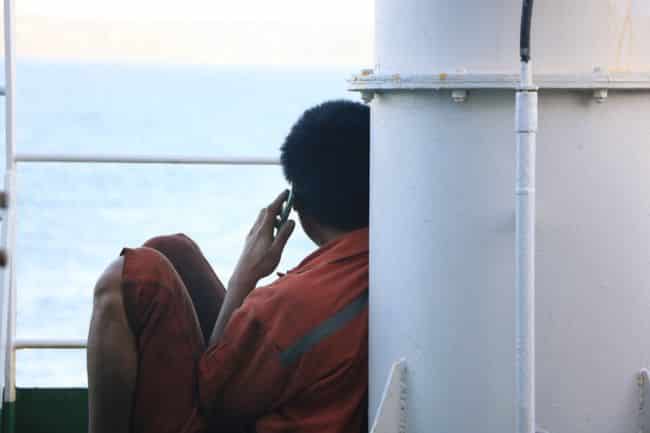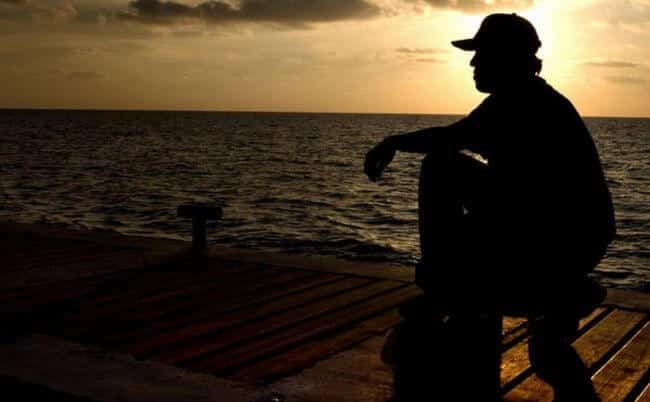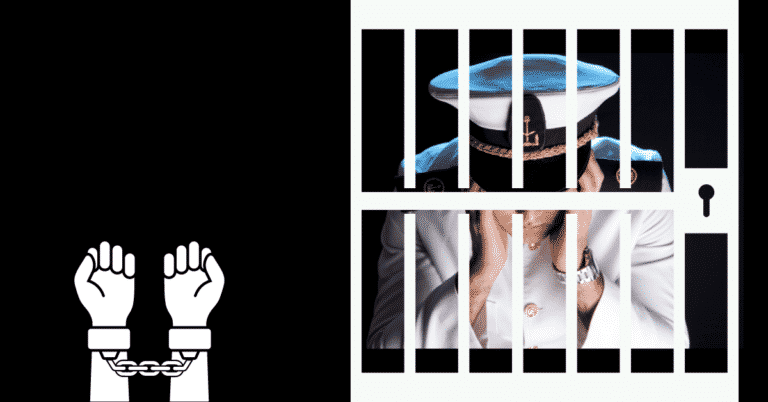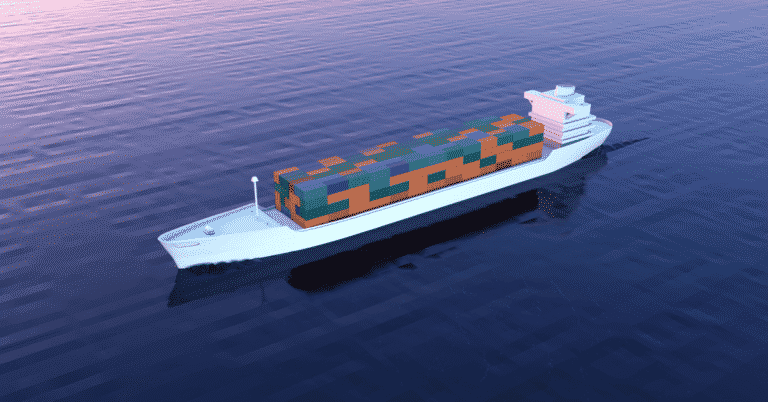Practical Sample Kits by Normec MTS Allow the Crew to Take Water Samples Themselves
Normec MTS (Maritime Testing Services) has devised a user-friendly and efficient method for sampling water on board: practical sample kits that allow the crew to take water samples themselves.
